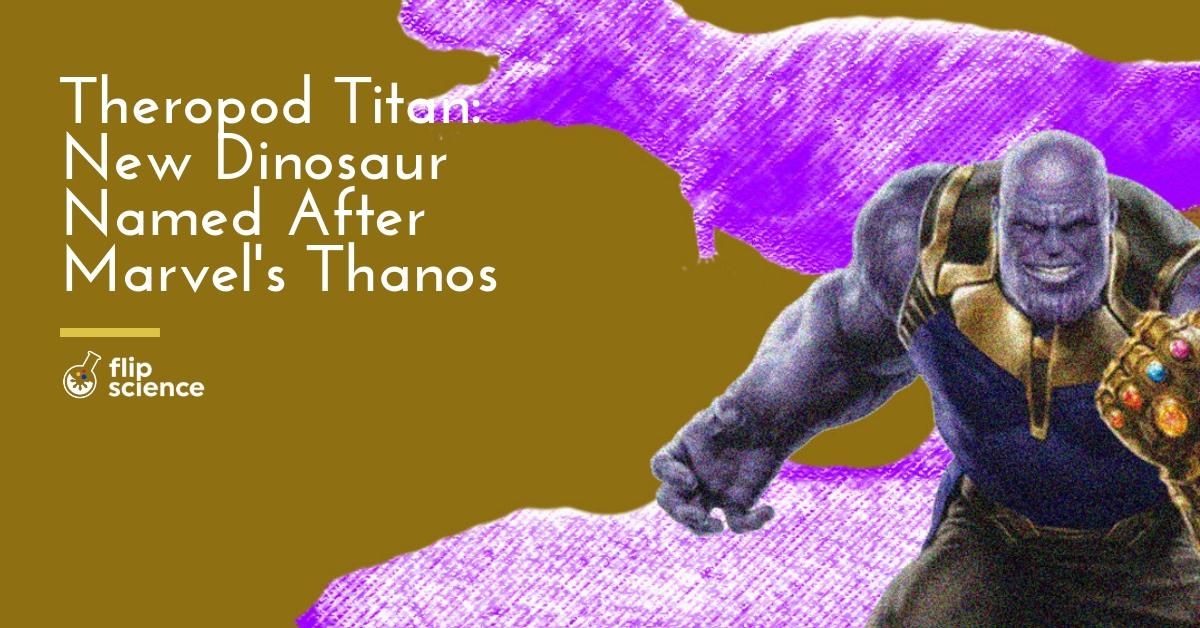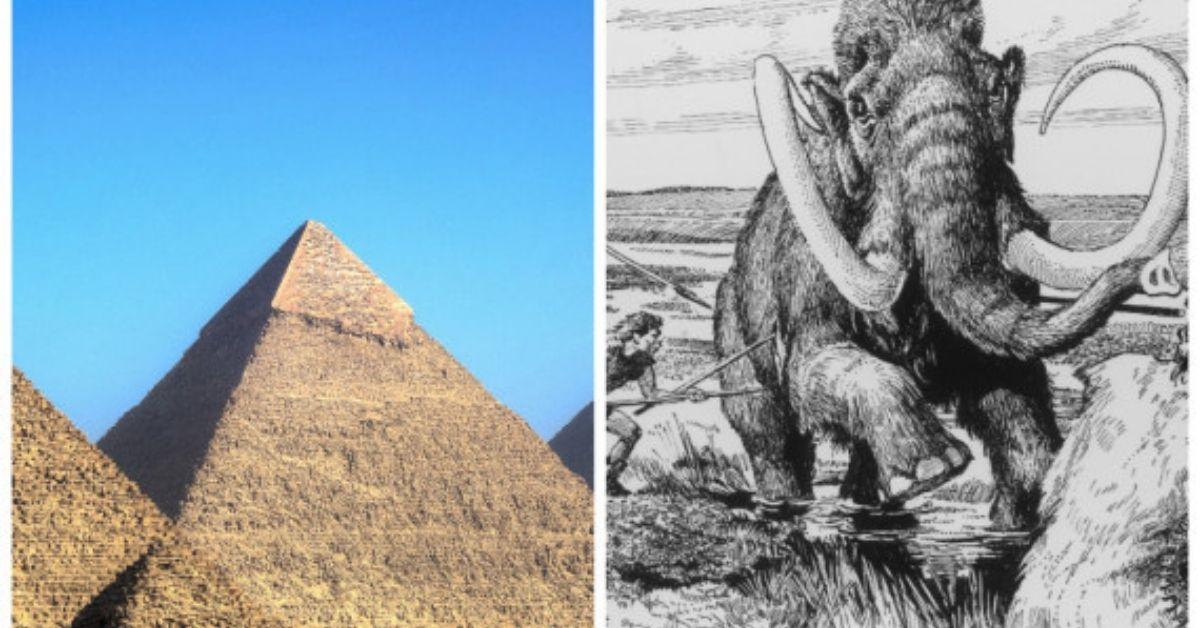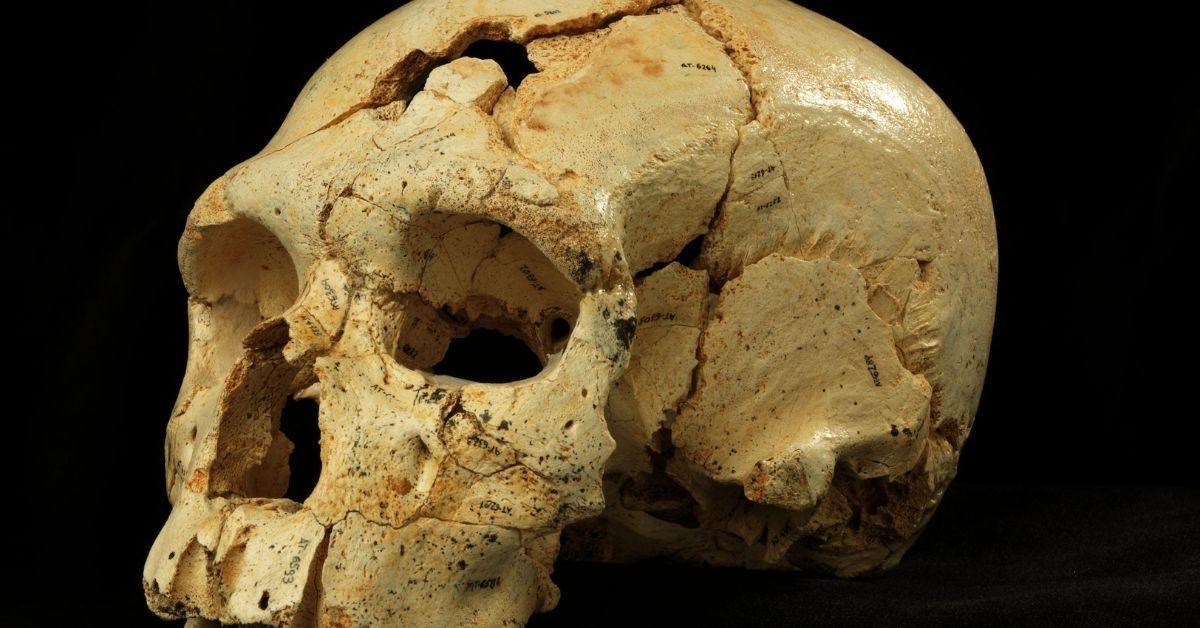Named after the Marvel character, Thanos simonattoi was an Upper Cretaceous abelisaurid approximately 5.5 to 6.5 meters long. But is declaring a new species based on just partial fossils a hard choice for the strong-willed — or a mistake akin to courting Death?
Scattered across the Southern Hemisphere since the late Jurassic, abelisaurids terrorized the Mesozoic landscape until the twilight of the dinosaurs. And while we aren’t a hundred percent sure about the exact circumstances surrounding the extinction of the dinosaurs, it certainly didn’t happen in just a snap.
However, this didn’t deter paleontologists from naming a newly identified Upper Cretaceous theropod after the Marvel supervillain Thanos.
Snap decision
The first bones of Thanos simonattoi were obtained from the Bauru Group formation in São José do Rio Preto, Brazil in 2014. Researchers unearthed a handful of other fossil fragments a few years later. They then decided that the fossil fragments exhibited enough unique characteristics to warrant the designation of a new species.
Based on its partial vertebra, the study authors estimate that Thanos simonattoi may have grown to a maximum length of about 5.5 to 6.5 meters. Due to the closed sutures between its second cervical vertebra and odontoid, this particular specimen may have been either an adult or a sub-adult.
Interestingly, despite its fearsome name, it likely wasn’t the largest predator in its immediate environment. Fossils from an as-of-yet unnamed theropod (possibly from a family of medium- to large-sized theropods called megaraptors) were found alongside Thanos simonattoi’s, suggesting that it shared dominance over the prehistoric landscape with a bigger carnivore.
Nevertheless, Thanos simonattoi‘s fossils shed new light on some previously unknown details about abelisaurid bones (including the air gaps between them), as well as the diversity of carnivorous dinosaurs in ancient Brazil.
As all abelisaurid forearms discovered so far are generally stumpy and likely vestigial, there is a good chance that Thanos simonattoi‘s arms were also atrophied to the point that they could not be used for hunting or feeding, much less wearing a gauntlet of cosmic stones or finger-snapping.

Artist’s depiction of Thanos simonattoi. Paleo art by Deverson da Silva
Identity war
Officially, Thanos simonattoi derives its genus name from both the Marvel supervillain and the Greek word for “death,” thánato. Meanwhile, its species name honors Sérgio Simonatto, who discovered the initial specimen.
Dinosaur nomenclature has always been a hot topic, particularly the designation of new species based on just partial fragments. One of the more controversial examples is Dracorex hogwartsia. This pachycephalosaurid owes its name to the Harry Potter franchise, and was initially considered a unique species. However, recent evidence suggests that Dracorex and another pachycephalosaurid, Stygimoloch, were actually juvenile forms of Pachycephalosaurus wyomingensis.
To their credit, the authors noted that a more detailed analysis of Thanos simonattoi requires more findings and research.
Only time will tell if the decision to describe Thanos as a new species was a perfectly balanced one. Then again, they could have just waited to find other fossilized parts of it, such as arms or a tail. Or perhaps, they should have gone for the head.
Cover photo: Deverson da Silva (Pepi)
References
- http://novataxa.blogspot.com/2018/11/thanos.html
- http://theropoda.blogspot.com/2018/11/thanos.html
- https://www.tandfonline.com/doi/abs/10.1080/08912963.2018.1546700?scroll=top&needAccess=true&journalCode=ghbi20
- https://zslpublications.onlinelibrary.wiley.com/doi/abs/10.1111/j.1469-7998.2009.00640.x
Author: Mikael Angelo Francisco
Bitten by the science writing bug, Mikael has years of writing and editorial experience under his belt. As the editor-in-chief of FlipScience, Mikael has sworn to help make science more fun and interesting for geeky readers and casual audiences alike.







